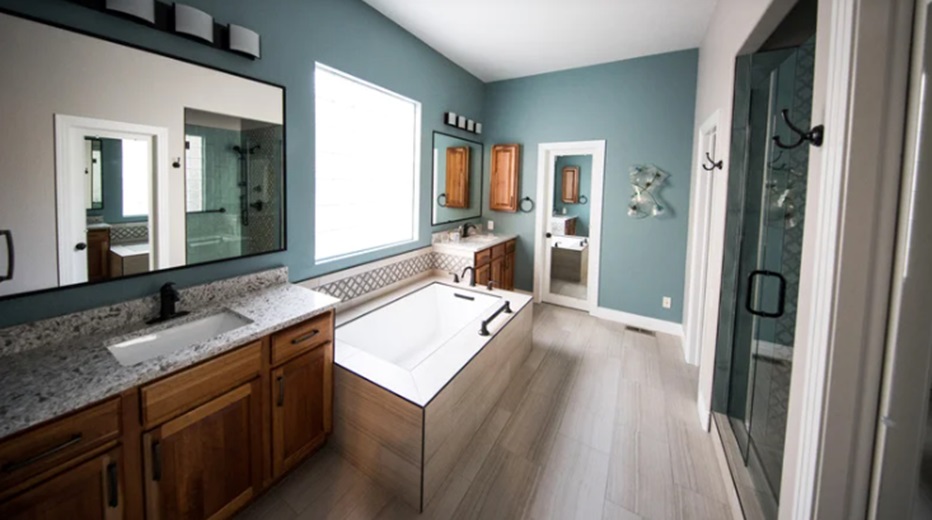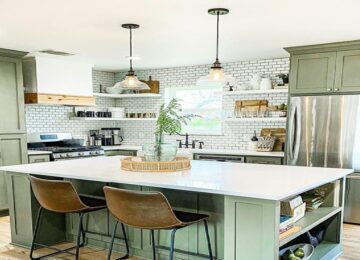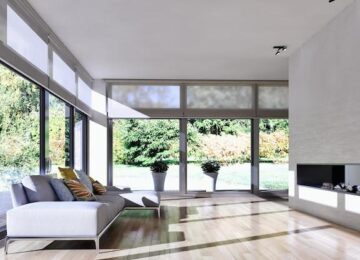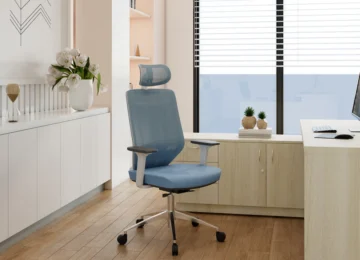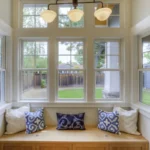Achieving the perfect balance between modern sophistication and traditional charm is a popular goal in today’s home renovation projects. Homeowners want sleek, updated spaces that still retain the warmth and character of classic design. Whether you’re reimagining a single room or redesigning the entire property, expert home remodeling in Lincolnwood can help merge these two styles seamlessly for a timeless look that reflects both comfort and innovation.
Understanding the Core Elements of Each Style
Blending modern and traditional styles begins with a clear understanding of their distinct features. Modern design emphasizes clean lines, minimal ornamentation, and functional simplicity. Traditional design, on the other hand, includes rich textures, ornate detailing, and timeless architectural elements. By identifying the core components of each, you can strategically combine them to highlight the strengths of both without overwhelming the space.
Using a Neutral Color Palette as a Foundation
A neutral palette is one of the most effective tools for unifying contrasting design elements. Whether you’re working with classic molding or contemporary furniture, a neutral base ties everything together and allows individual features to shine. It also provides the flexibility to update decorative accents over time without needing major changes. Many designers emphasize the benefits of going neutral because it enhances visual harmony while increasing long-term design versatility.
Integrating Modern Features into Classic Layouts
Modern enhancements can elevate traditional spaces without altering their character. For instance, integrating recessed lighting or smart home features into a room with crown molding or paneled walls offers the best of both worlds. You can also introduce modern fixtures in kitchens or bathrooms while preserving cabinetry details and traditional flooring. These touches modernize your home functionally while keeping visual consistency intact.
Mixing Materials and Textures Thoughtfully
Layering a mix of natural and industrial materials creates dimension and interest. Combining traditional wood finishes with modern metals or polished stone surfaces can produce a well-balanced aesthetic. A reclaimed wood dining table paired with sleek metal lighting fixtures, for example, brings both rustic warmth and modern edge into the space. Balance is key, too much of one style can overpower the other and disrupt the flow.
Managing the Timeline with Proper Planning
Balancing two styles can increase the complexity of a renovation, making proper planning essential. The timeline of a remodeling project varies based on scope, material availability, and design details. Before diving in, it helps to understand how long a whole home renovation takes so you can prepare for the stages involved. Working with professionals ensures smoother transitions between old and new elements and keeps the project on schedule.
Personalizing the Design to Fit Your Lifestyle
Your living space should reflect your taste and daily routines, not just trends. By customizing key areas, like the kitchen, living room, or primary suite, you can express both style preferences and functionality. A tailored approach allows you to preserve beloved traditional features while introducing modern conveniences that enhance your everyday life.
Conclusion
Combining traditional charm with modern convenience creates a unique and enduring home design. With thoughtful planning and the expertise of professionals experienced in home remodeling, you can achieve a seamless blend that captures the best of both styles. From neutral tones and layered textures to updated layouts and personalized touches, every detail works together to craft a space that feels both fresh and familiar.

